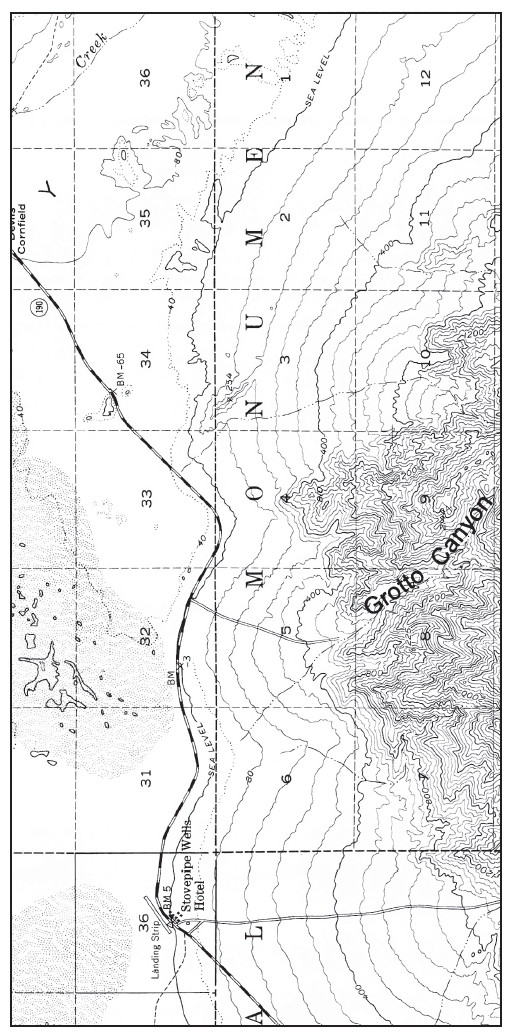Businesses and marketers use Geographic Information Systems to
A) match demographic data with specific locations.
B) coordinate the shipment of goods around the world.
C) calculate exchange rates of currencies around the world.
D) forecast national population growth rates.
E) explain migration patterns.
Answer: A
You might also like to view...
A current of 20 amperes is the rate of flow of
A. 20 joules per second. B. 20 newtons per coulomb. C. 20 ohms per second. D. 20 volts per coulomb.
Assume that the absolute vorticity of flowing air is conserved. If air is moving northeastward, which of the following statements is correct?
A. Air will bend anticyclonically to compensate for an increase in the Earth's vorticity. B. Air will bend cyclonically to compensate for a decrease in the Earth's vorticity. C. Air will bend anticyclonically to compensate for a decrease in the Earth's vorticity. D. Air will bend cyclonically to compensate for an increase in the Earth's vorticity.
Describe the evidence for this that you see in the photographs or map.
The questions on the following page are based on Figure 45-4, a stereogram of the Stovepipe Wells region of Death Valley, California, Figure 45-5, a portion of the “Stovepipe Wells, California” quadrangle (scale 1:62,500; contour interval 80 feet; north is to the left side of the stereogram and topographic map), and Map T-27a, color aerial imagery of this same region of Death Valley. Several large alluvial fans that come out of the Tucki Mountains are coalescing to form a bajada 136°35'17"N, 117°06'35"W).

Figure 45-5: USGS “Stovepipe Wells, California” quadrangle. North is to the left side of the page (scale 1:62,500; contour interval 80 feet, dotted lines represent half-interval contours<--N).
Shivering is a mechanism in which the body generates heat by:
A. increasing the metabolic rate. B. decreasing the use of oxygen. C. decreasing the metabolic rate. D. retaining excess carbon dioxide.